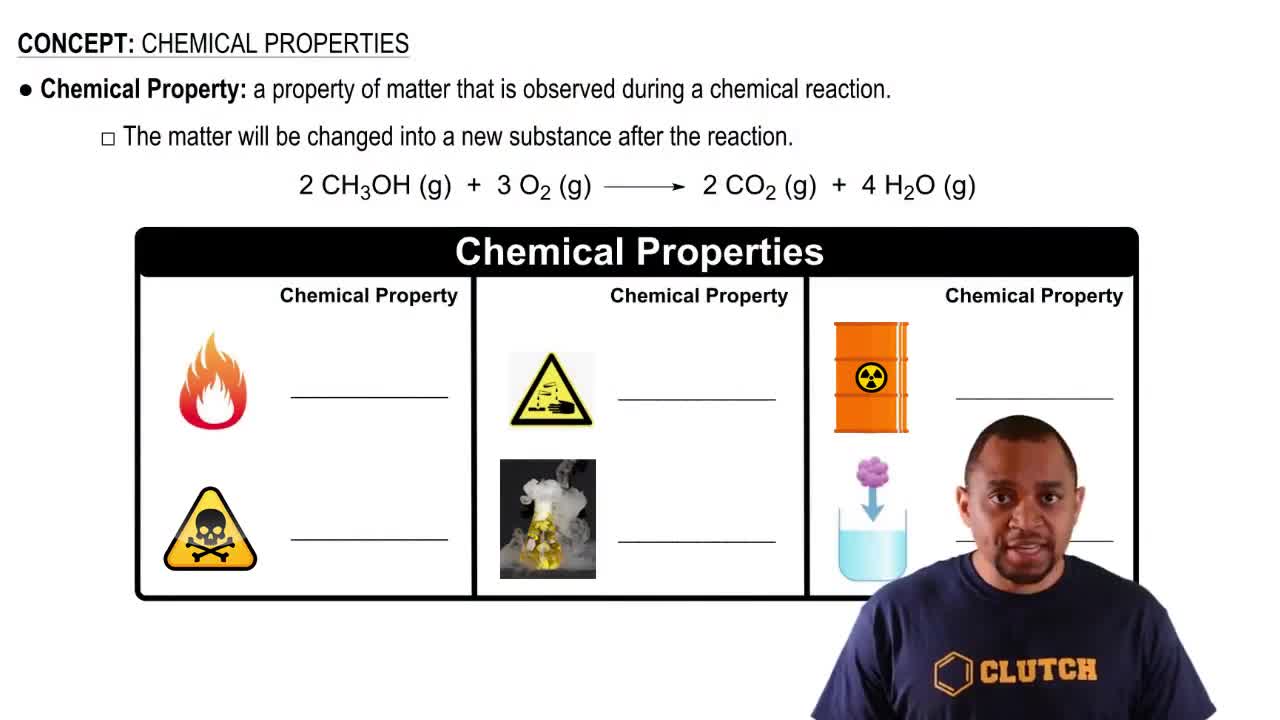What noble-gas configurations and charge are the following elements likely to attain in reactions in which they form ions? (c) S
 McMurry 8th Edition
McMurry 8th Edition Ch.6 - Ionic Compounds: Periodic Trends and Bonding Theory
Ch.6 - Ionic Compounds: Periodic Trends and Bonding Theory Problem 76c
Problem 76cEach of the following pairs of elements will react to form a binary ionic compound. Write the formula of each compound formed, and give its name. (c) Lithium and nitrogen

Verified Solution
Key Concepts
Ionic Compounds

Valence Electrons

Chemical Nomenclature

Each of the following pairs of elements will react to form a binary ionic compound. Write the formula of each compound formed, and give its name. (a) Magnesium and chlorine
Each of the following pairs of elements will react to form a binary ionic compound. Write the formula of each compound formed, and give its name. (b) Calcium and oxygen
Each of the following pairs of elements will react to form a binary ionic compound. Write the formula of each compound formed, and give its name. (d) Aluminum and oxygen
Each of the following pairs of elements will react to form a binary ionic compound. Write the formula of each compound formed, and give its name. (a) Sodium and iodine
Each of the following pairs of elements will react to form a binary ionic compound. Write the formula of each compound formed, and give its name. (b) Potassium and sulfur